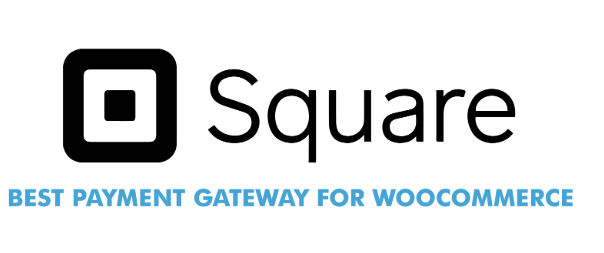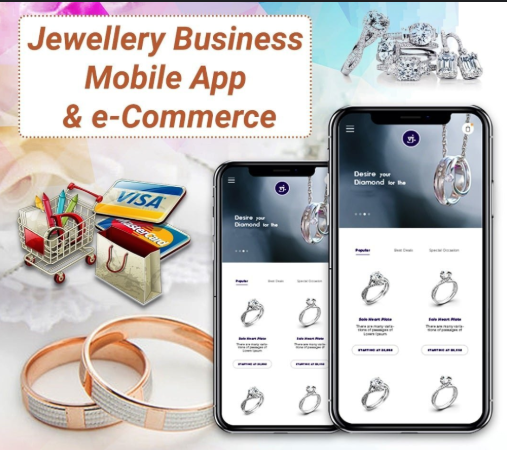DATE: 29 DEC, 2024
HIMARI JONSON
The jewelry[1] e-commerce industry has grown rapidly over the past few years, with consumers increasingly purchasing high-end and luxury items online. For jewelers, ensuring that their customers have a seamless, secure, and convenient payment experience is critical to maximizing sales and maintaining trust. A robust payment solution can help jewelry e-commerce[2] businesses provide the level of service that customers expect, while also supporting business growth. This article explores the best payment solutions for jewelry e-commerce businesses, highlighting the importance of security[3], flexibility, and efficiency.
Importance of Payment Solutions for Jewelry E-Commerce
In the highly competitive world of jewelry retail, a smooth payment experience can be the deciding factor in closing a sale. Consumers expect ease and security when making purchases, especially when buying high-ticket items such as engagement rings, luxury watches, or designer jewelry. Therefore, implementing a reliable and user-friendly payment[4] solution is essential for the success of jewelry e-commerce businesses.
A well-integrated payment system not only boosts customer confidence but also optimizes backend processes, improving overall efficiency for business[5] owners. From accepting various payment methods to ensuring data protection and fraud prevention, there are many facets to consider when selecting a payment solution for your jewelry store.

Key Features of Ideal Payment Solutions for Jewelry E-Commerce
The right payment solution must cater to the unique needs of the jewelry market. Here are some key features to consider:
Multiple Payment Methods
Jewelry shoppers expect flexibility in how they pay. Offering multiple payment options ensures that you can cater to a wide range of customers. Common payment methods include:
- Credit and Debit Cards: The most widely used form of payment, supported by major payment networks like Visa, MasterCard, and American Express.
- Digital Wallets: Apple Pay, Google Pay, and are preferred by tech-savvy shoppers for their convenience.
- Bank Transfers: Ideal for high-ticket purchases, especially in B2B transactions or international sales.
- Buy Now, Pay Later (BNPL): Solutions like Klarna and After pay are growing in popularity, especially for higher-priced jewelry items.
- Cryptocurrency: Although still a niche option, accepting digital currencies like Bitcoin can position your brand as cutting-edge and attract younger, tech-oriented customers.
Security Features
Jewelry transactions involve significant sums of money, making security a top priority. A secure payment solution ensures both business and customer data is protected. Some crucial security features include:
- SSL Encryption: Secure Socket Layer (SSL) encryption safeguards sensitive customer information during payment processing.
- PCI DSS Compliance: The Payment Card Industry Data Security Standard (PCI DSS) ensures payment systems meet industry security standards.
- Fraud Detection Tools: Look for payment solutions that include fraud detection capabilities, such as AI-driven risk assessments and chargeback management systems.
- Two-Factor Authentication (2FA): Adding an extra layer of security, 2FA ensures that only authorized users can complete transactions.
Mobile Optimization
As mobile shopping continues to rise, ensuring your payment system is optimized for smartphones and tablets is vital. A mobile-friendly checkout process reduces cart abandonment rates and improves the overall shopping experience.

Global Payment Capabilities
If you’re selling to international customers, choosing a payment provider that supports multiple currencies and languages is essential. A global payment solution reduces friction in international sales and helps avoid issues like foreign exchange fees.
Top Payment Solutions for Jewelry E-Commerce
When evaluating payment solutions, consider factors such as transaction fees, customer support, and ease of integration with your existing platform. Here are some of the best payment solutions for jewelry e-commerce businesses:
Stripe
is one of the most popular payment processors in the e-commerce world due to its ease of use, flexibility, and scalability. Stripe supports
credit and debit card payments, Apple Pay, Google Pay, and BNPL options. It also offers advanced security features, including two-factor authentication and encryption.
Pay Pal
Widely recognized and trusted payment solution, known for its ease of use and buyer protection policies. PayPal supports a variety of payment methods, including credit and debit cards, bank transfers, and PayPal balances.
Square

Square is an all-in-one payment solution ideal for small to mid-sized jewelry businesses. It offers credit card processing, invoicing, and a point-of-sale system, making it perfect for jewelers who sell both online and in physical stores.
Klarna (Buy Now, Pay Later)
Klarna allows jewelry customers to buy high-ticket items and pay later, either in installments or after a set period. This is particularly useful for customers who may hesitate to make large purchases upfront.
For jewelry e-commerce businesses, offering Klarna as a payment option can increase conversion rates and average order value. Klarna’s easy integration with platforms like Shopify and WooCommerce makes it a convenient addition to your payment arsenal.
Adyen
Adyen is a global payment solution that offers a wide range of payment methods, including credit cards, digital wallets, and bank transfers. It supports multiple currencies and languages, making it ideal for international jewelry e-commerce stores.
Best Practices for Payment Solutions in Jewelry E-Commerce
Once you’ve chosen a payment solution for your jewelry e-commerce store, it’s important to follow best practices to maximize its effectiveness. Consider the following:
Seamless Checkout Process
Simplify the checkout process to reduce cart abandonment. Offer guest checkout options, eliminate unnecessary steps, and ensure the process is intuitive across all devices.
Clear Return and Refund Policies
Customers need assurance that they can return or exchange items if needed. Clearly display your return and refund policies, and ensure that your payment solution can easily process refunds when necessary.
Transparent Pricing
Transparent pricing, including any shipping or service fees, helps build trust with customers. Avoid hidden charges during checkout to prevent confusion and frustration.

Customer Support
Ensure your payment solution provider offers reliable customer support. A responsive support team is essential for resolving any issues quickly and efficiently.
Conclusion
Selecting the right payment solution for your jewelry e-commerce store is crucial to providing a smooth, secure, and satisfying experience for your customers. Whether you’re accepting credit cards, digital wallets, or offering buy-now-pay-later options.
FAQ
Can I offer discounts or promotions through my payment solution?
Many payment processors, such as PayPal and Stripe, allow you to offer discounts, promo codes, or special deals to customers at checkout.
What is the best payment solution for a small jewelry e-commerce business?
For small jewelry businesses, payment solutions like Square and PayPal are often the most convenient and cost-effective options. These platforms are easy to set up, have low or no monthly fees, and offer straightforward transaction pricing.
How do I ensure smooth refunds for jewelry customers?
A reliable payment processor should allow you to easily process refunds if needed. Look for solutions that enable one-click refunds through your e-commerce platform, and ensure your refund policies are clear to customers.
What payment solution is best for jewelry businesses with high-value items?
For high-value jewelry items, choose a payment processor that can handle large transactions securely and efficiently. Solutions like Stripe and Adyen are known for their ability to manage high-ticket purchases while maintaining fraud protection and data security.
How do I manage payment disputes and chargebacks in jewelry e-commerce?
To reduce chargebacks and disputes, select a payment processor with built-in fraud protection and chargeback management tools. Maintaining excellent customer service, clear product descriptions.

